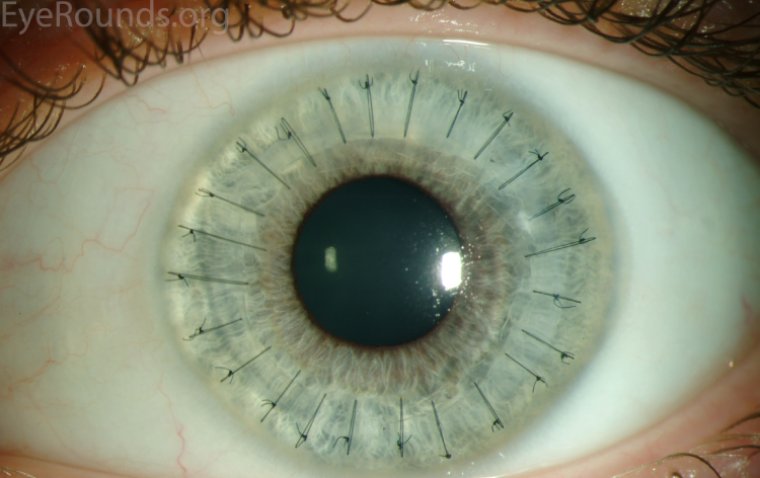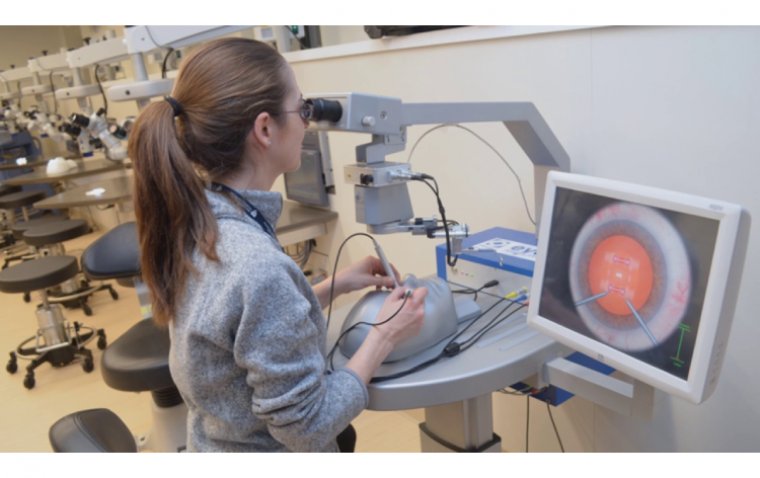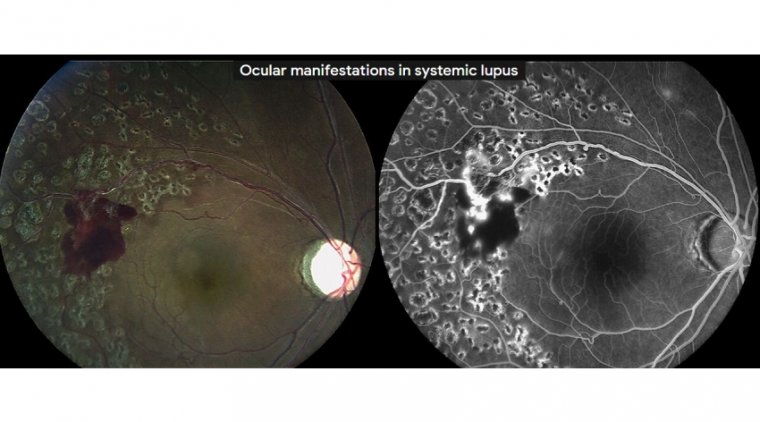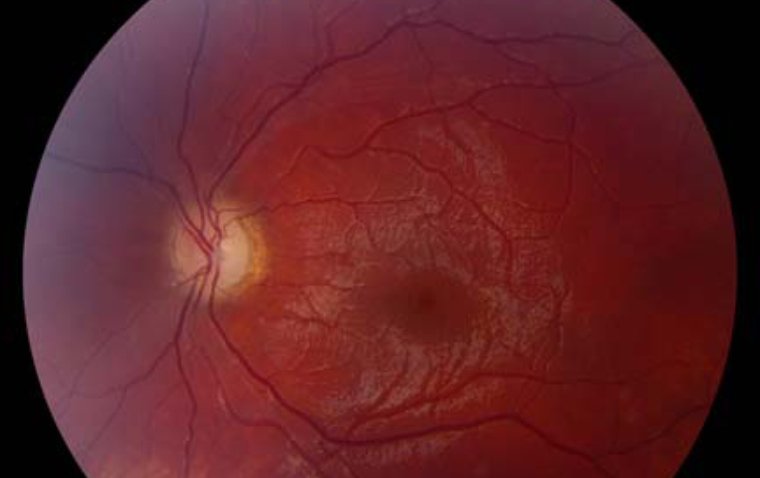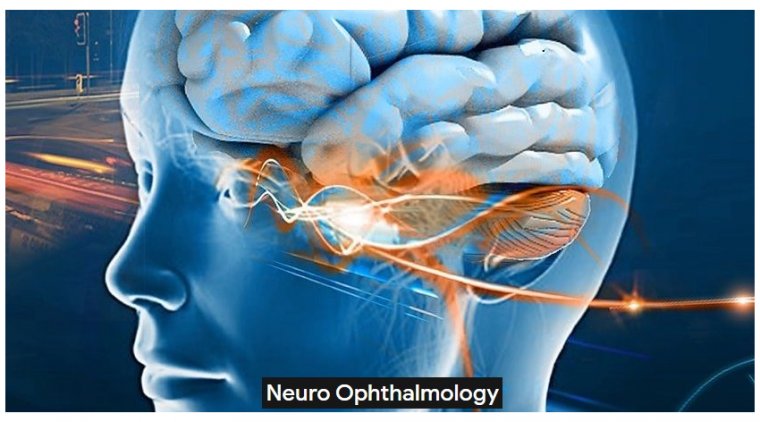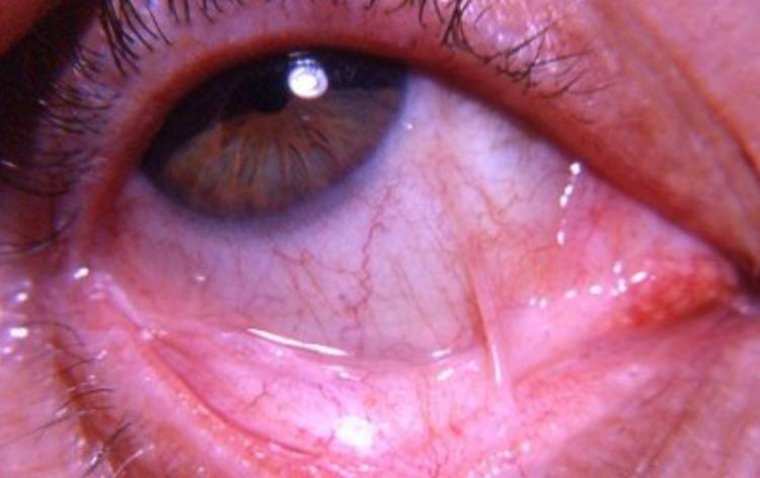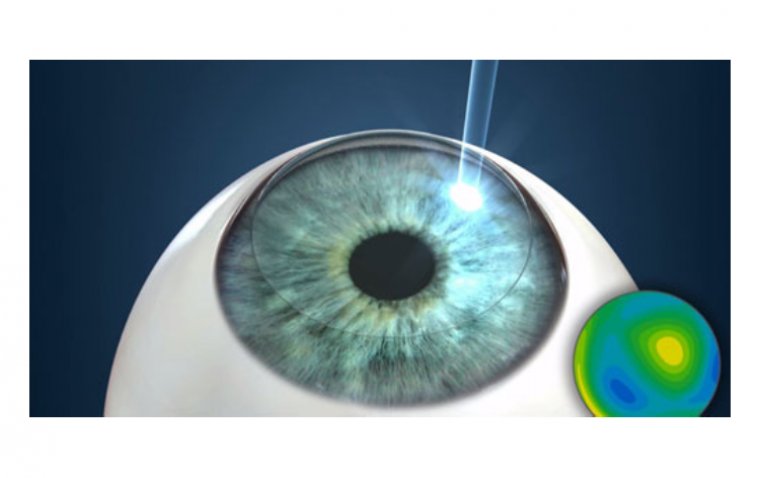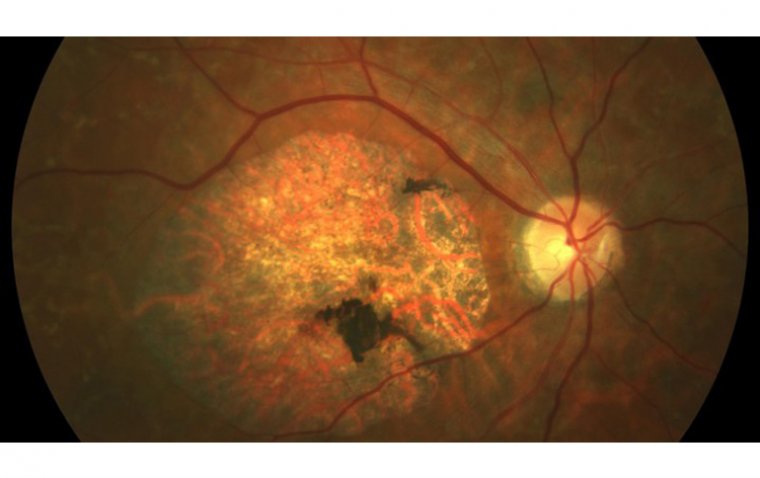
Stargardt Disease: Understanding the Basics
What Is Stargardt Disease?
Stargardt disease, also known as Stargardt macular degeneration or juvenile macular degeneration, is an inherited eye disease that affects the macula, which is the central part of the retina responsible for sharp, central vision. Stargardt disease usually affects children and young adults, and it is estimated to affect 1 in 10,000 people worldwide. The disease is named after the German ophthalmologist Karl Stargardt, who first described the condition in 1901.
What Causes Stargardt Disease?
Stargardt disease is caused by a mutation in the ABCA4 gene, which provides instructions for making a protein that helps to clear waste products from the retina. The accumulation of these waste products in the retina leads to damage to the photoreceptor cells, which are responsible for sensing light and transmitting visual signals to the brain. As the photoreceptor cells continue to degenerate, central vision becomes progressively blurred and distorted, while peripheral vision remains intact.
.jpg)
An image showing the retina of Stargardt Disease Credit: Alkeus Pharmaceuticals
Symptoms of Stargardt Disease
The most common symptoms of Stargardt disease include:
● Blurred or distorted central vision
● Difficulty reading or recognizing faces
● Decreased color vision
● Sensitivity to bright light
● Loss of contrast sensitivity
● Poor night vision
In some cases, children with Stargardt disease may experience a delay in reaching developmental milestones such as crawling and walking.
Diagnosis of Stargardt Disease
Fundus photography: This test takes a photograph of the retina, allowing doctors to observe any changes or damage to the retina that may indicate Stargardt disease.
Electroretinography (ERG): This test measures the electrical response of the retina to light stimulation. It can detect any abnormalities in the function of the retina, which can be an indicator of Stargardt disease.
Optical coherence tomography (OCT): This test uses light waves to create a detailed image of the retina. It can detect any thinning or damage to the retina caused by Stargardt disease.
Genetic testing: This test analyzes a blood sample to detect any genetic mutations associated with Stargardt disease. This test can confirm a diagnosis and also identify carriers of the disease who may not have symptoms but can pass it on to their children.
It is important to consult with an ophthalmologist who specializes in inherited retinal diseases to diagnose Stargardt disease. They may use one or more of these diagnostic tests to accurately diagnose the disease and develop an appropriate treatment plan.
How to Manage Stargardt Disease
Currently, there is no cure for Stargardt disease. However, there are several treatments that can help to slow down the progression of the disease and preserve vision.
1. Get regular eye exams: It is important to have regular eye exams with an ophthalmologist who is experienced in treating Stargardt disease. Early detection and treatment can help slow the progression of vision loss.
2. Wear sunglasses: UV radiation can damage the retina and accelerate the progression of Stargardt disease. Wearing sunglasses with UV protection can help protect your eyes from harmful rays.
3. Manage your diet: Eating a healthy, balanced diet with plenty of fruits and vegetables can help slow the progression of vision loss. Foods rich in vitamins A, C, and E, as well as zinc, lutein, and zeaxanthin, can help protect the retina and promote eye health.
4. Consider low-vision aids: Low-vision aids, such as magnifying glasses, telescopes, and special software for computers and smartphones, can help improve your vision and maintain your independence.
5. Get genetic counseling: Stargardt disease is a genetic disorder, and genetic counseling can help you understand the inheritance pattern and the risk of passing the condition to your children. It can also help you make informed decisions about family planning and genetic testing.
(1).jpg)
